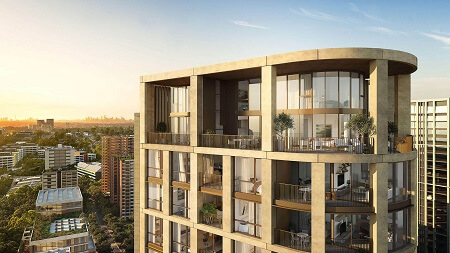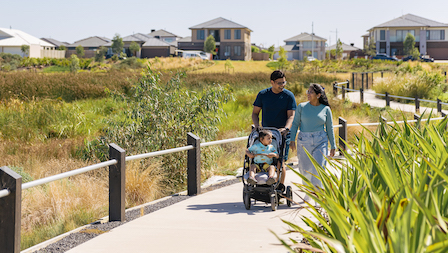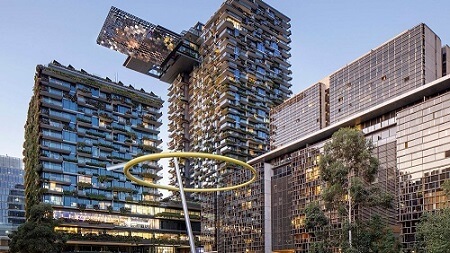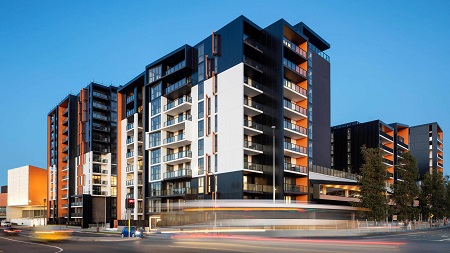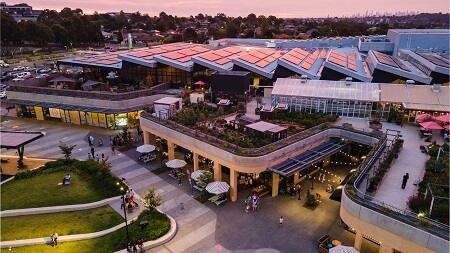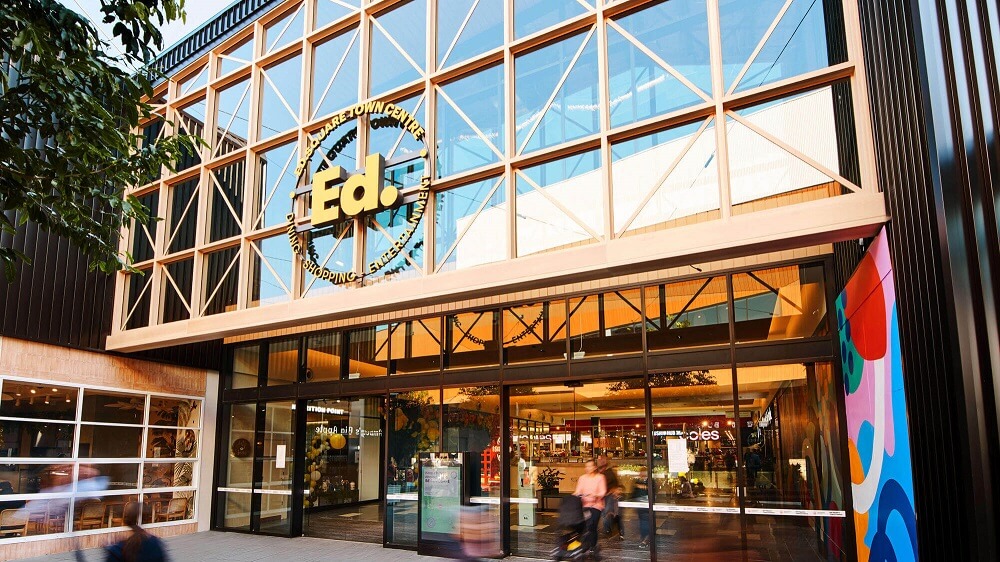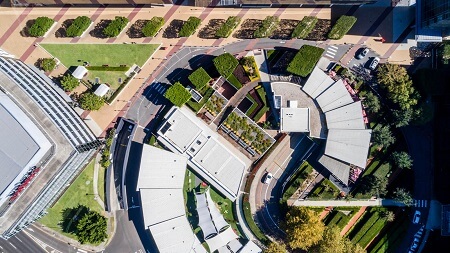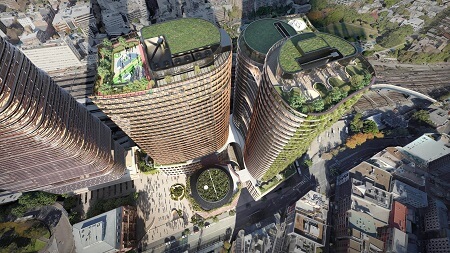Healthier home design a breath of fresh air
A vastly healthier and energy efficient building standard with a funny German name is creating a good deal of Australian interest thanks to the effects of climate change and extreme weather events. Can better designed homes keep us safer? The physics of Passivhaus (Passive House) design say yes.
In the early hours of a warm Spring morning in November 2019, Sydneysiders awoke in alarm to the smell of smoke. After checking ovens and stovetops, electrical wiring, and assuring themselves that the iron hadn’t been left on, there came the dawning realisation that the smoke in their homes was from the huge Gospers Mountain bushfire burning out of control 300kms away.
It marked the beginning of a record-breaking couple of months of extraordinary air pollution in the country’s most populous capital and a spike in health effects including asthma and breathing-related hospitalisations. It also sharpened efforts to ensure new Australian homes better protect its inhabitants from harsh outside conditions such as extreme heat, cold, and airborne smoke particles.
Seemingly purpose-built for these conditions is the passivhaus design standard, a German innovation that built on decades of improvements being made by architects, builders, and physicists around the world to create more energy efficient homes. The idea is that better design can ‘passively’ keep a home at a comfortable natural temperature inside without needing to run a heater or air conditioner frequently, if at all.
Kate Nason is a Sustainability Advisor with Frasers Property Australia and Chairperson of the Australian Passive House Association, the country’s peak advocacy and education body for the adoption of passivhaus principles, which include minimising the spots in a home where air can leak from the inside out or the outside in.
“There are a number of ways that passivhaus design creates a more comfortable home,” says Kate. “They include an insulation layer and membrane that keeps your home at a comfortable temperature, double or triple glazed windows, proper solar orientation, and of course eliminating air leakages and thermal bridges in the home where heat can travel. Taken together they create remarkably energy efficient homes and markedly healthier internal environments, which is really noticeable when the air outside isn’t at its best.”
Kate says that the fires of 2019 and the increased time people spent at home in the last couple of years brought home to many the deficiencies of traditional home construction in Australia.
“We know from recent fire events, that smoke particles in the air can easily reach really dangerous levels, especially for people who suffer from asthma or respiratory conditions,” says Kate. “And what we saw at that time was just how poorly some homes are at keeping the bad air out, making harder for people to maintain a healthy indoor environment for their families.
“We talk a lot about the energy efficiency of passivhaus design and rightly so. It can reduce your energy consumption by 90%. But the other frontier is health and wellbeing. There are fewer places for air to leak and the ventilation system is continuously removing pollutants and odours as well as preventing mould and condensation. The result is a home that’s far healthier to live in.”
Passive House Plus
Of the 40 or so homes that have achieved passivhaus certification in Australia, almost all have been bespoke design and builds, perhaps contributing to why the standard hasn’t yet entered the mainstream. Kate and her colleagues from Frasers Property’s Development and Sustainability teams have set out to change all that with a ground-breaking pilot project at the company’s now sold-out community, Life, Point Cook.
The pilot involved building two identical homes in the same street, one to passivhaus standard and the other to normal building code. By monitoring the energy and air quality performance of both homes through smart meters, Frasers Property hopes to share its findings with the wider industry and encourage more widespread adoption of healthier building standards.
Aesthetically alike and in keeping with the facades of other homes in the development, the passive home has achieved Passive House Plus certification, a first for a major national developer in Australia. In addition to air tightness, continual thermal insulation, solar access, double glazed windows, and a heat recovery ventilation system that ensures a continuous flow of fresh air indoors, the home generates all the energy it needs through onsite rooftop solar panels, even storing its excess in an on-site battery for no-cost charging of electrical vehicles.
Sarah Bloom, Frasers Property’s General Manager Development Victoria, says the next step is to influence supply chains to ensure that passive homes can be built at volume across the country.
“Some of the construction materials we used, such as double-glazed windows for example, are fairly specialised. Those had to be imported from Europe,” says Sarah. “The key to making passivhaus design more broadly available in the future will be to improve supply chains and local production of these kinds of products and techniques. That will mean more cost-effective outcomes and an acceleration in these technologies and techniques becoming part of standard home design in Australia.”
Judging by the interest that the Life, Point Cook pilot has generated, greater levels of adoption may be just around the corner.
“After its completion, we opened the Point Cook passive home up to industry and public tours,” says Kate. “They were extremely well attended and apart from being a way to get a feel for the homes, they also debunked the myth that a passive house has to look ‘different’ than a volume home design, which is obviously important for mass market adoption.”
Ticking all the boxes
For Elena Mardoyan who bought the house for her family to live in, the biggest selling point was the quality of the build contributing to the comfort of the home.
I saw the listing on Realestate.com.au but to be honest, I initially didn’t read all the details as I’d grown cynical about property advertisements promising things that didn’t exist,” said Elena. “But when I first came to look at the house, it ticked all the boxes and I thought: ‘That’s mine!’
“The principles of good insulation and sealing behind the Passive House technology is something I’d seen quite a bit of in Europe. And when you have lived in Europe, you really appreciate doors and windows that don’t leak.”
In addition to eliminating drafts, keeping out dust and pollutants, and regulating internal temperatures Elena has discovered that the home is a peaceful refuge from the hustle and bustle of everyday life outside.
“The double glazing stops the road noise – with Point Cook Road being quite busy, and me being a light sleeper, this is a great bonus,” she explains.
Combining healthier indoor conditions with dramatic energy efficiency, the better building standard with a funny German name looks set to enjoy an exciting Australian future.
See more articles on


